Food Security Plan: Wollongong University Students, Assessment 3, 2018
VerifiedAdded on 2023/06/04
|10
|645
|407
Report
AI Summary
This report presents a comprehensive food security plan aimed at addressing food insecurity among students at the University of Wollongong in Australia. The plan identifies climatic change as a key issue impacting the food security of the student community, leading to chronic diseases and poor lifestyle choices. The report includes an assessment of predisposing factors, such as lack of food availability, financial constraints, and cultural diversity. The plan's aims and objectives are to decrease food insecurity, increase access to nutritious food, and reduce food-related chronic diseases. Strategies involve establishing a working group, implementing food aid programs, and conducting a risk assessment. A detailed budget and a timeline for implementation and evaluation are also provided, along with references to support the plan's recommendations. The report is based on the assignment brief which required students to develop a community profile, identify a priority issue, and create a plan to address it, including a needs assessment, group plan, and individual component.
1 out of 10
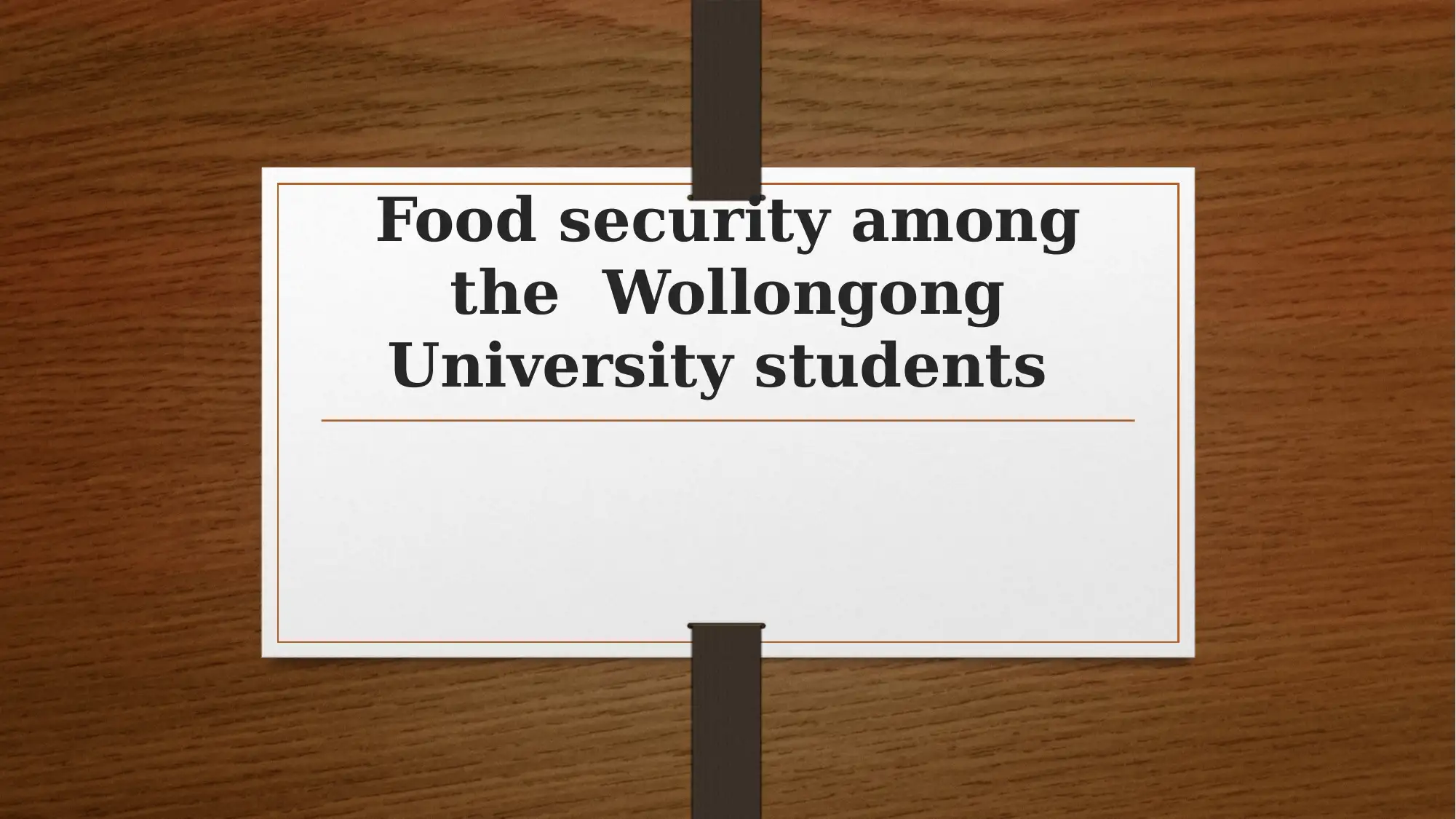
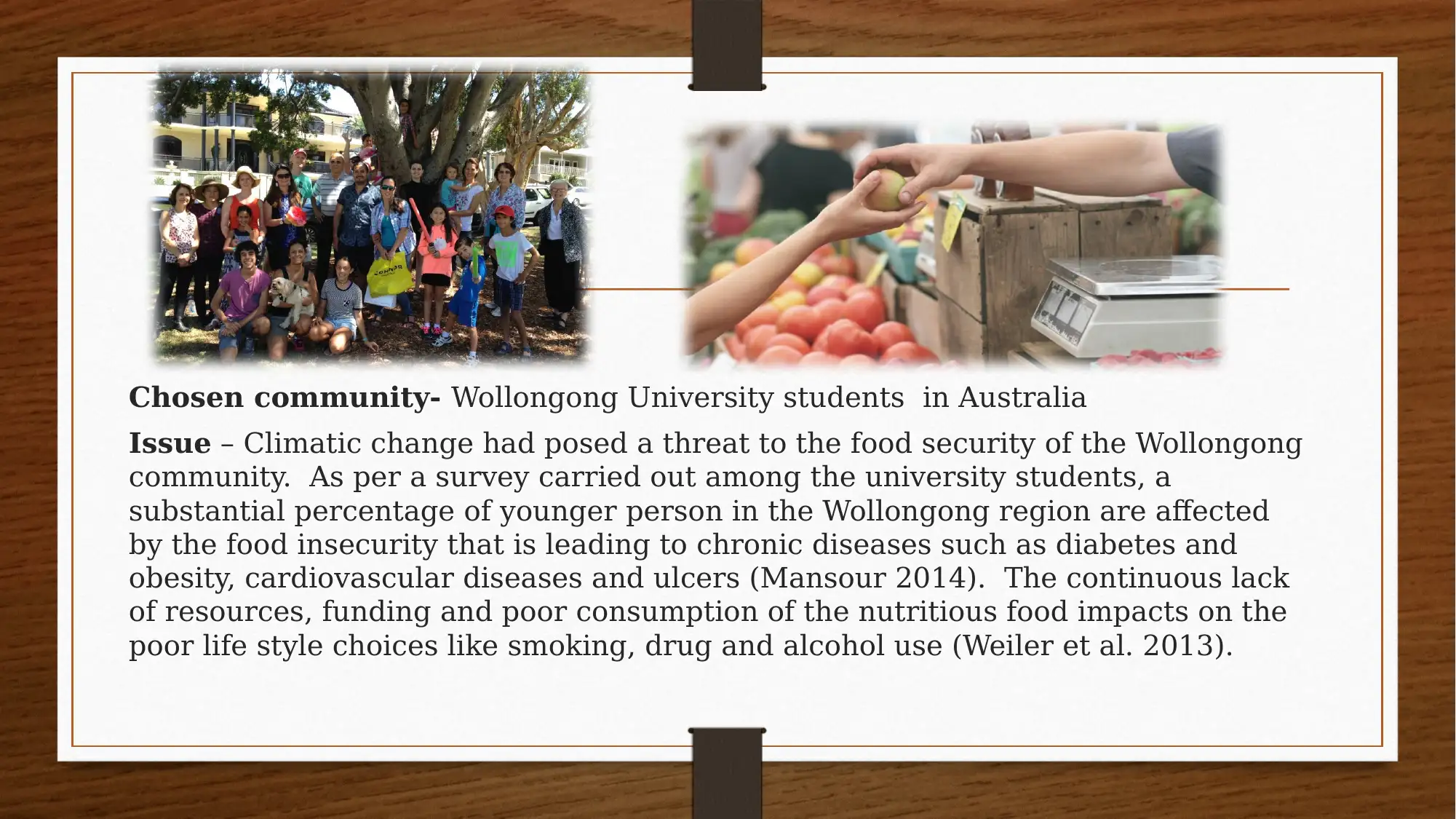
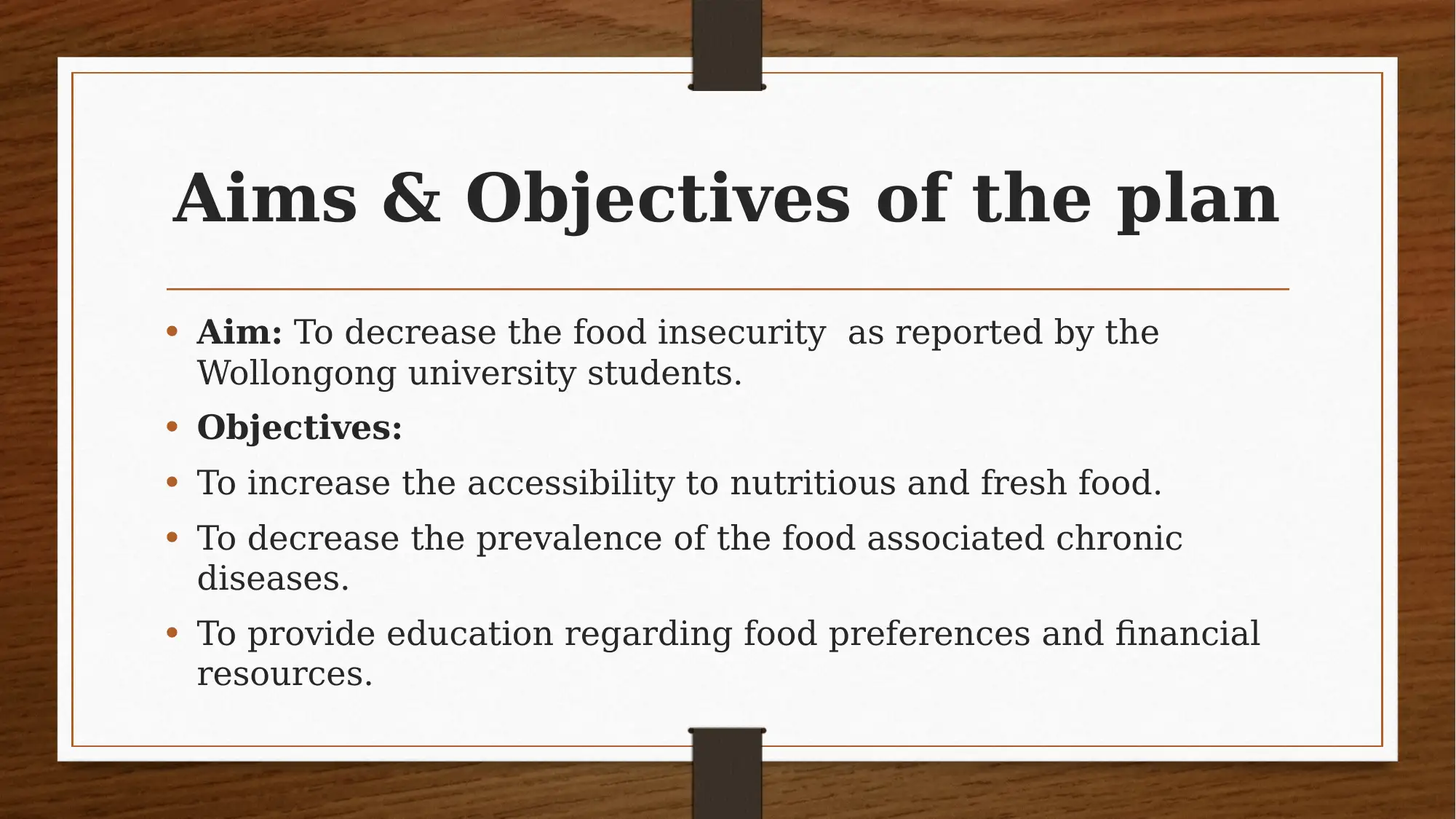

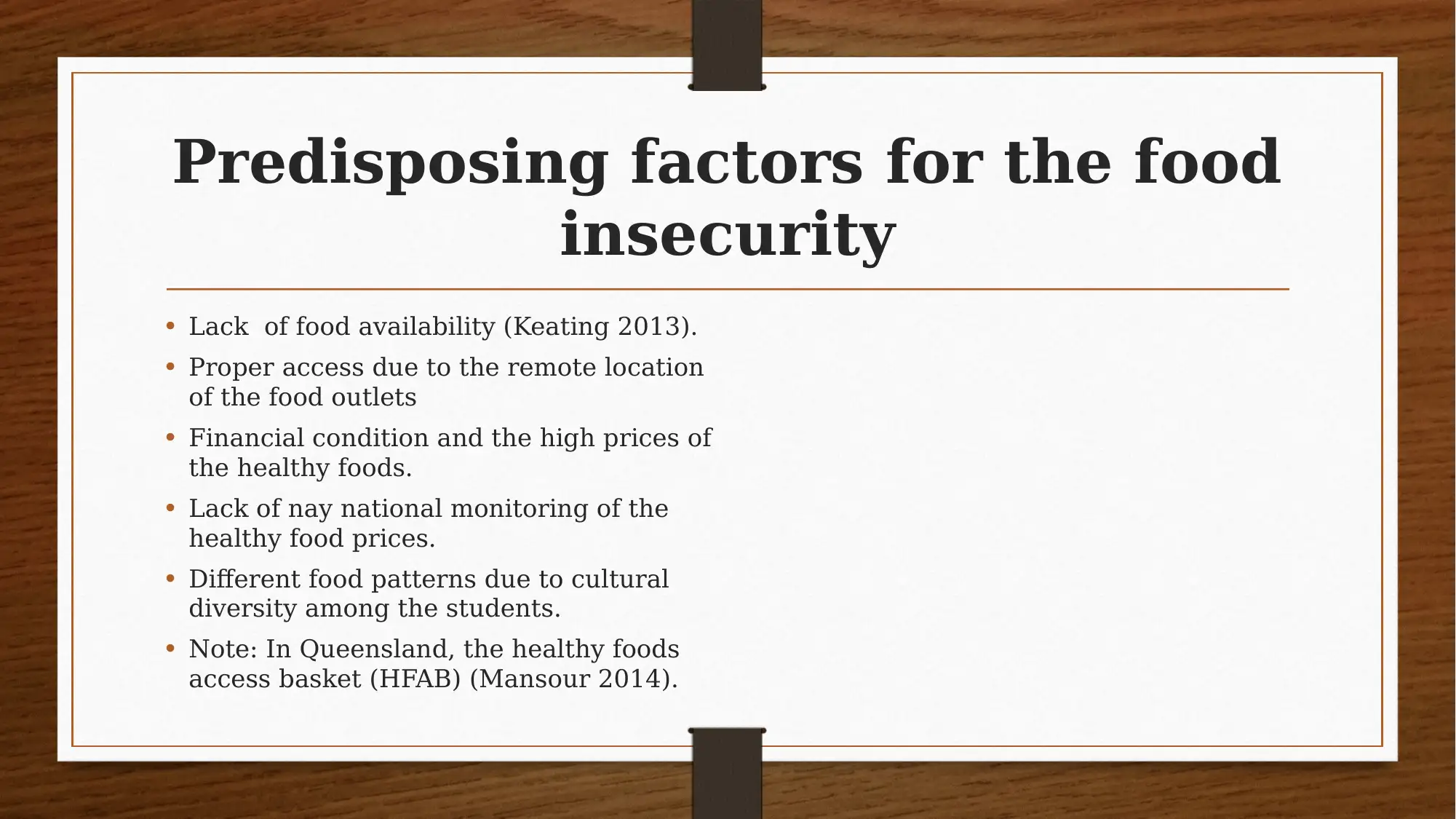
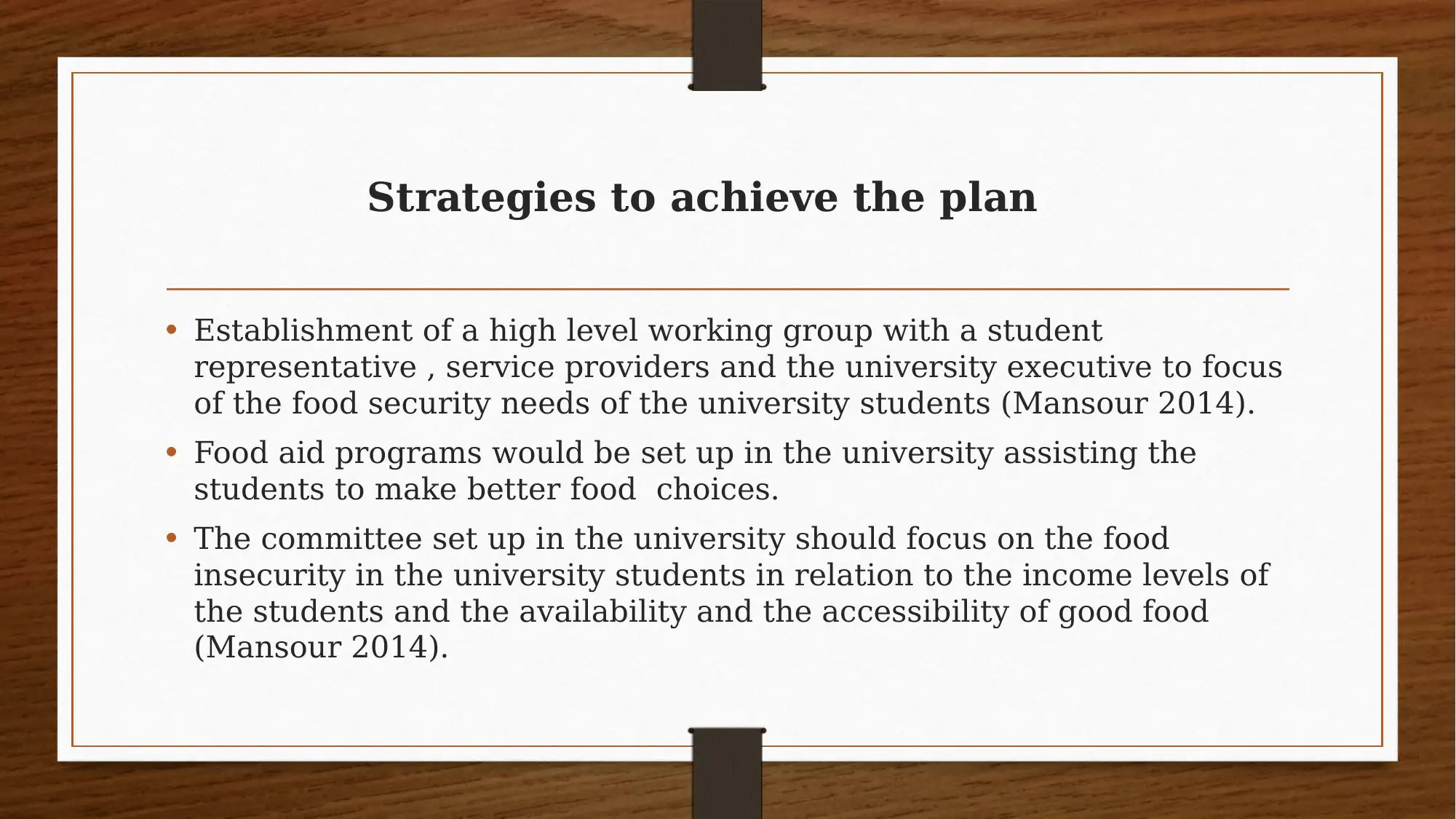
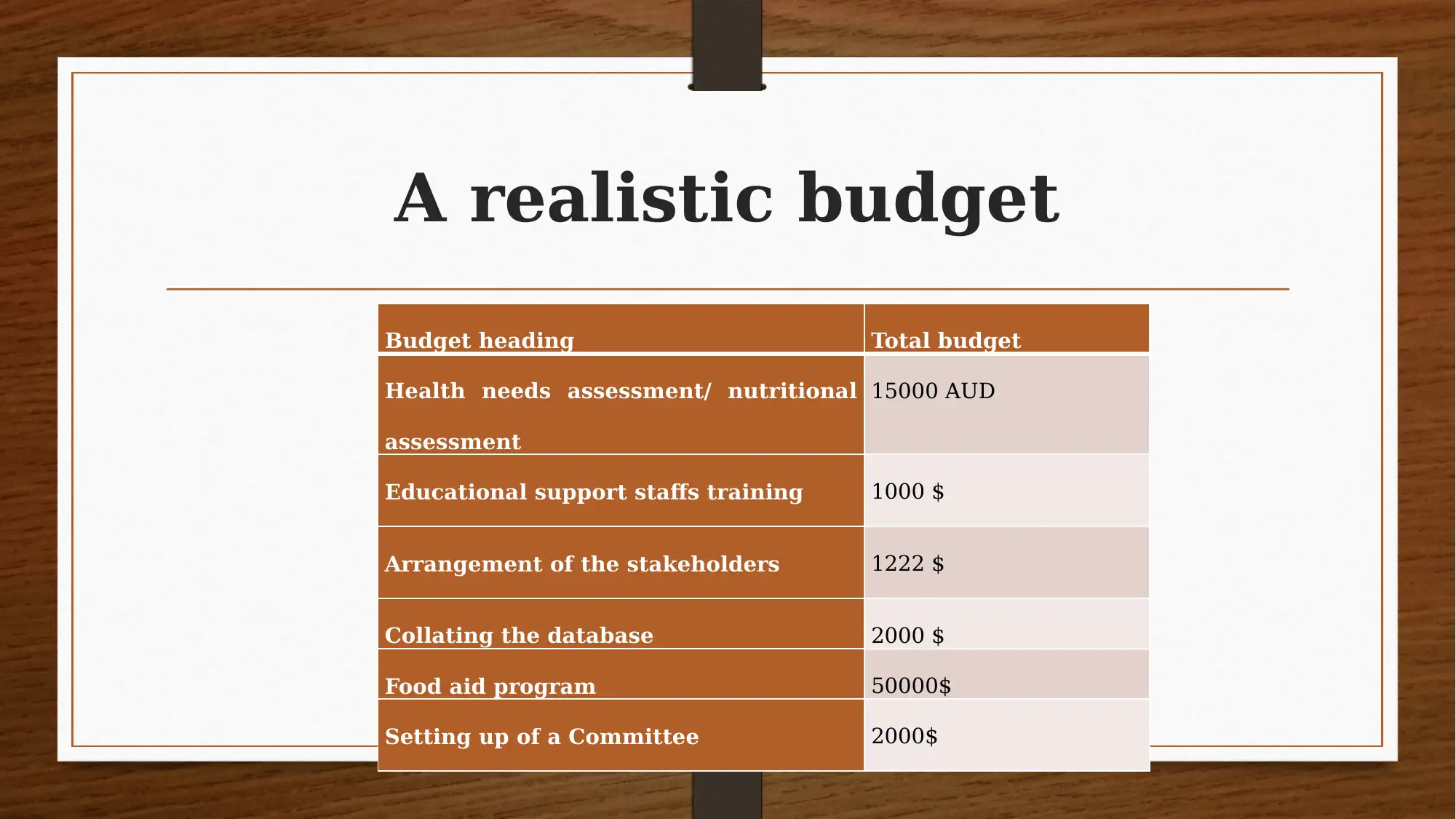
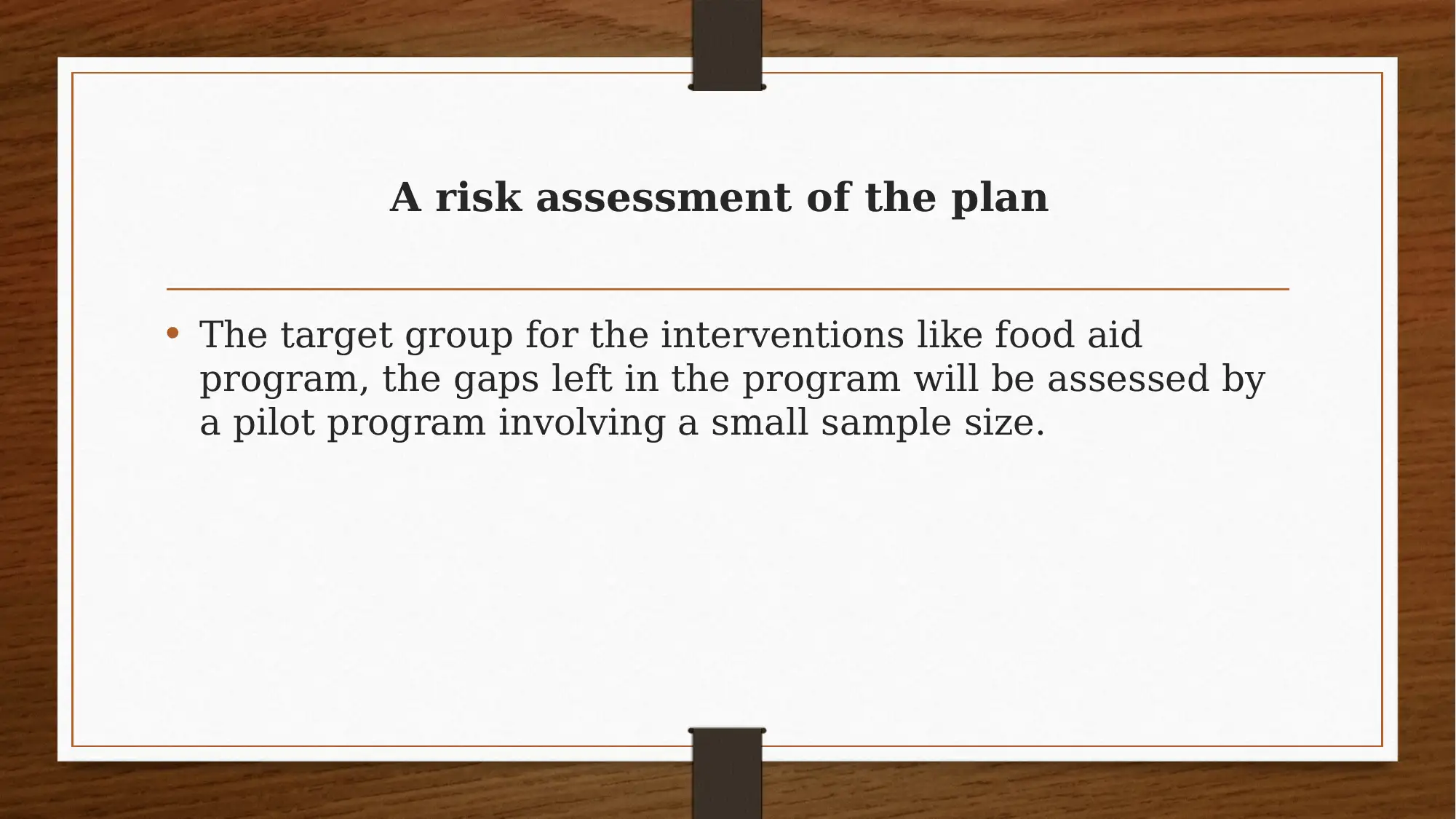
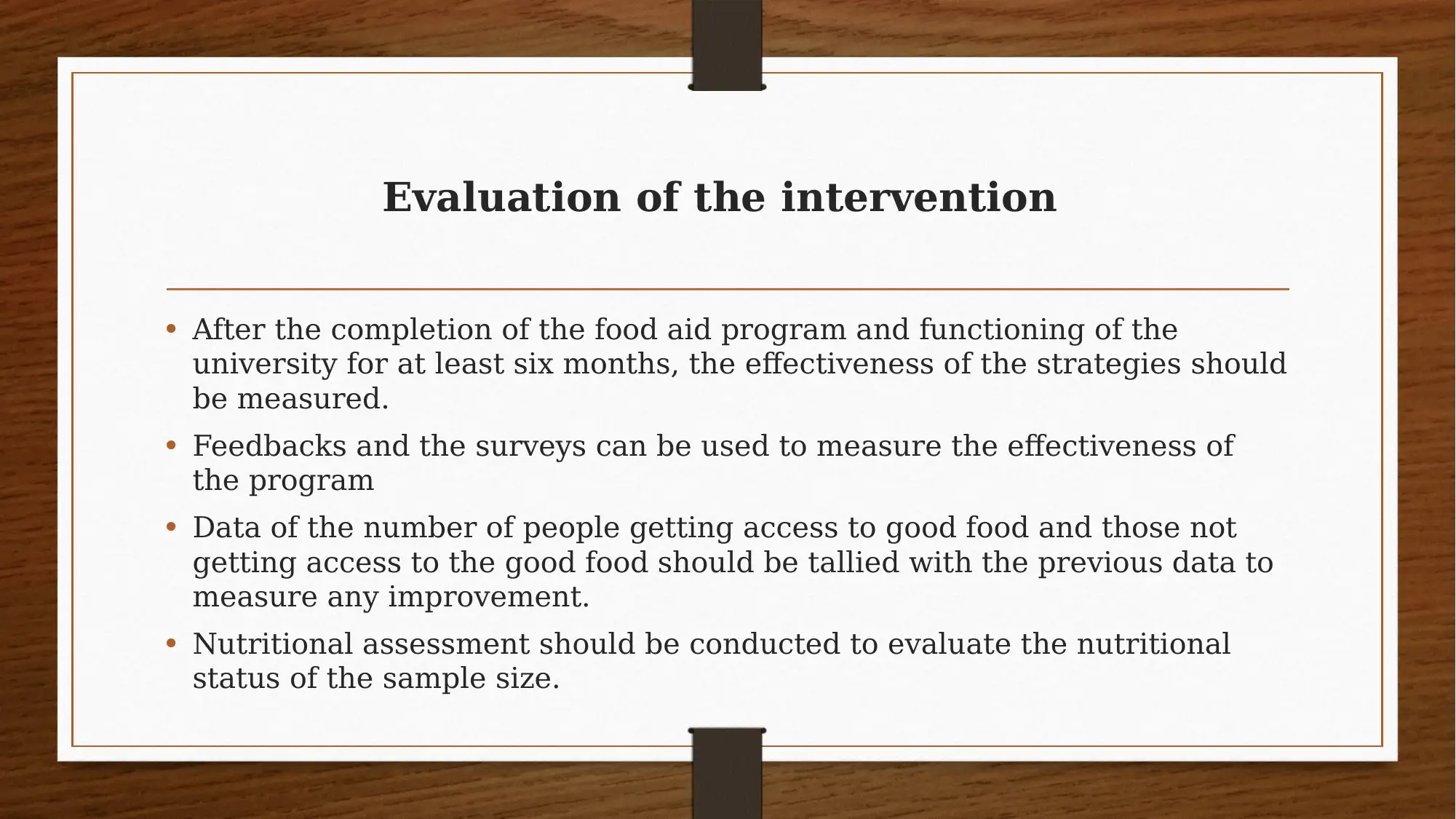
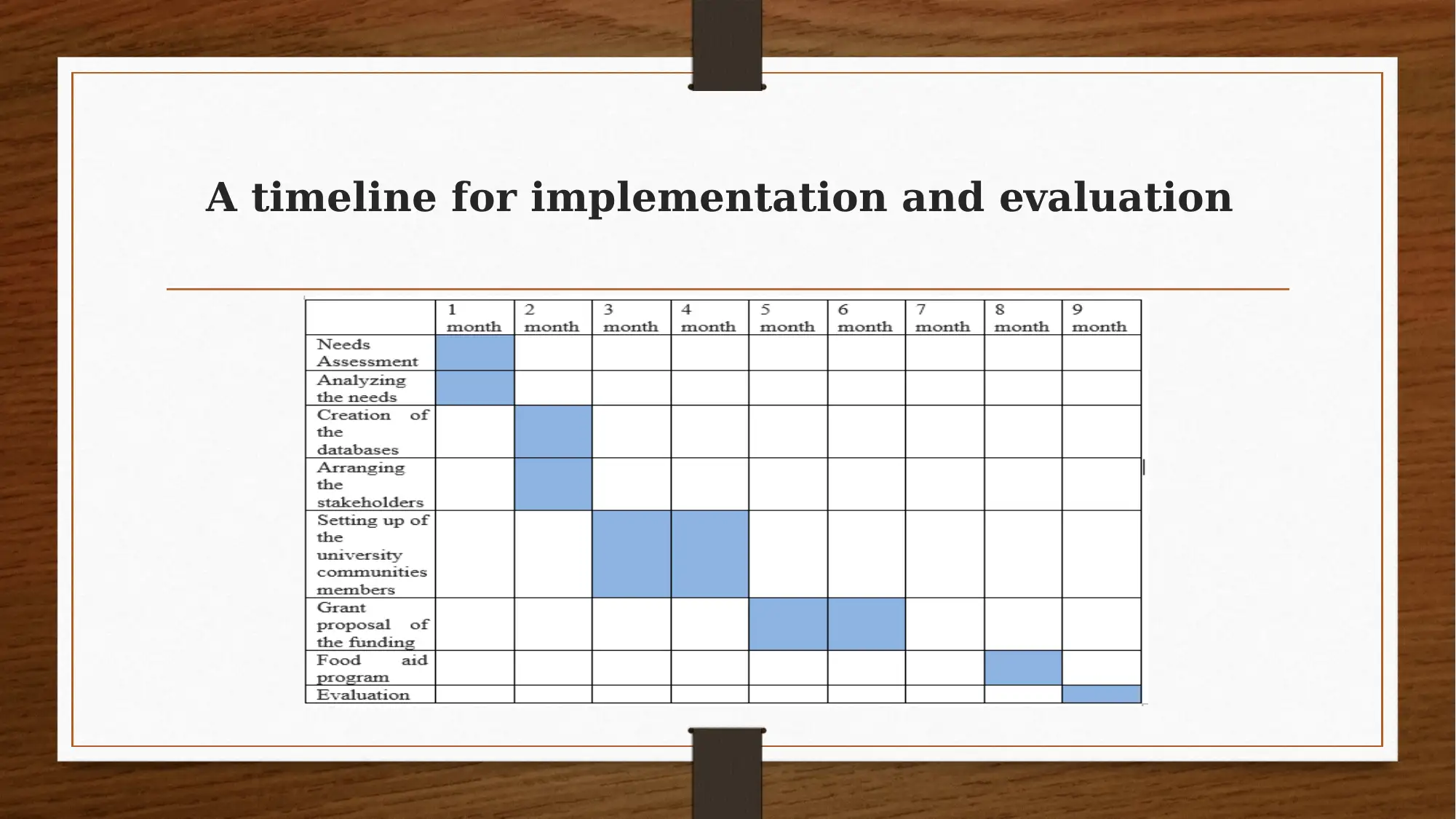







![[object Object]](/_next/static/media/star-bottom.7253800d.svg)